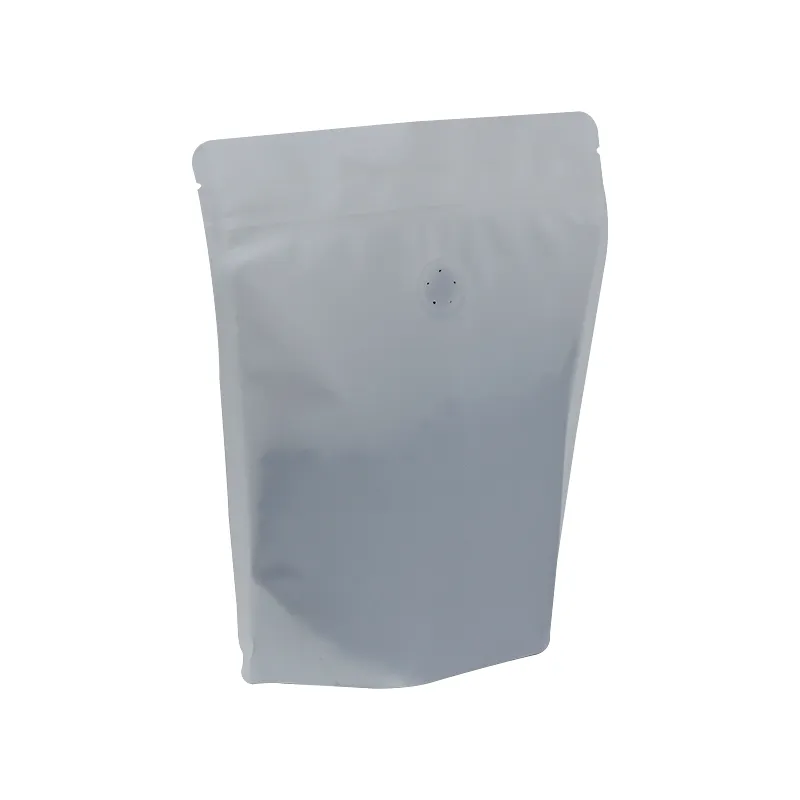- Afrikaans
- Albanian
- Amharic
- Arabic
- Armenian
- Azerbaijani
- Basque
- Belarusian
- Bengali
- Bosnian
- Bulgarian
- Catalan
- Cebuano
- chinese_simplified
- chinese_traditional
- Corsican
- Croatian
- Czech
- Danish
- Dutch
- English
- Esperanto
- Estonian
- Finnish
- French
- Frisian
- Galician
- Georgian
- German
- Greek
- Gujarati
- haitian_creole
- hausa
- hawaiian
- Hebrew
- Hindi
- Miao
- Hungarian
- Icelandic
- igbo
- Indonesian
- irish
- Italian
- Japanese
- Javanese
- Kannada
- kazakh
- Khmer
- Rwandese
- Korean
- Kurdish
- Kyrgyz
- Lao
- Latin
- Latvian
- Lithuanian
- Luxembourgish
- Macedonian
- Malgashi
- Malay
- Malayalam
- Maltese
- Maori
- Marathi
- Mongolian
- Myanmar
- Nepali
- Norwegian
- Norwegian
- Occitan
- Pashto
- Persian
- Polish
- Portuguese
- Punjabi
- Romanian
- Russian
- Samoan
- scottish-gaelic
- Serbian
- Sesotho
- Shona
- Sindhi
- Sinhala
- Slovak
- Slovenian
- Somali
- Spanish
- Sundanese
- Swahili
- Swedish
- Tagalog
- Tajik
- Tamil
- Tatar
- Telugu
- Thai
- Turkish
- Turkmen
- Ukrainian
- Urdu
- Uighur
- Uzbek
- Vietnamese
- Welsh
- Bantu
- Yiddish
- Yoruba
- Zulu
Creating Custom Packaging Solutions for Safe and Efficient Shipping
Making Boxes for Shipping A Comprehensive Guide
In today’s fast-paced world, shipping plays an essential role in how businesses operate and reach their customers. One fundamental aspect of shipping that often goes unnoticed is the box itself. The process of making boxes for shipping is not only crucial for the protection of goods but also contributes to the branding and sustainability practices of businesses. In this article, we will explore the intricacies of box manufacturing, materials used, and the importance of design while also emphasizing environmental considerations.
The Importance of Shipping Boxes
Shipping boxes serve multiple purposes beyond mere containment of products. They protect items during transit, prevent damage from external elements, and provide an opportunity for businesses to convey their brand identity. A well-designed box can attract customers and enhance their unboxing experience, ultimately leading to increased brand loyalty.
Materials Used in Box Manufacturing
The choice of materials is a significant factor in box production, impacting durability, cost, and environmental sustainability. The most common materials used in shipping boxes include
1. Corrugated Paperboard This is the most widely used material for shipping boxes due to its strength and lightweight characteristics. Made from layers of paper, it provides excellent cushioning and protection.
2. Paperboard Thinner than corrugated cardboard, paperboard is often used for smaller items. It is lightweight and easy to customize, making it an excellent choice for retail packaging.
3. Plastic Durable and waterproof, plastic boxes are ideal for certain products that require extra protection against moisture and impact. However, they pose environmental challenges due to their non-biodegradable nature.
4. Recycled Materials As sustainability becomes increasingly important, many manufacturers are turning to recycled materials. Using recycled cardboard not only minimizes waste but also lowers production costs.
5. Foam Inserts For delicate items, adding foam inserts inside boxes is a common practice. This ensures that products stay secure and protected during shipping, catering to the increased demand for eco-friendly options.
making boxes for shipping

Designing the Perfect Shipping Box
Designing the right box for shipping involves more than just functionality; it requires careful consideration of dimensions, weight, and style. Here are some key factors to consider
1. Size and Dimensions A box should fit the product snugly to minimize movement during transport. Oversized boxes can lead to excess shipping costs and increased risk of damage due to the item shifting.
2. Weight Distribution The design must also account for the weight distribution of the contents. Heavier items should be placed at the bottom to maintain stability and reduce the risk of crushing lighter items.
3. Branding and Customization The opportunity for branding through customized boxes should not be overlooked. Logos, colors, and messaging can enhance the customer experience and reinforce brand recognition.
4. Security Features Tamper-proof seals and tear strips can be integrated into the design to enhance security, building trust with customers regarding the integrity of their orders.
Sustainability in Box Production
As consumers become more environmentally conscious, the push for sustainable shipping practices has grown. Companies are striving to reduce their carbon footprint by adopting eco-friendly materials and processes. This includes using recyclable materials, minimizing packaging waste, and opting for biodegradable adhesives. Furthermore, businesses can encourage customers to recycle shipping boxes after use, creating a circular economy.
Conclusion
The process of making boxes for shipping may seem straightforward, but it involves a blend of functionality, design, and sustainability. A well-crafted shipping box is essential for protecting products, enhancing brand image, and adhering to environmental standards. As e-commerce continues to evolve, the box will remain a critical component, symbolizing not just the act of shipping, but a commitment to quality and sustainability in the modern marketplace. Businesses that invest time and resources into understanding and optimizing their shipping boxes will set themselves apart in an increasingly competitive landscape.













